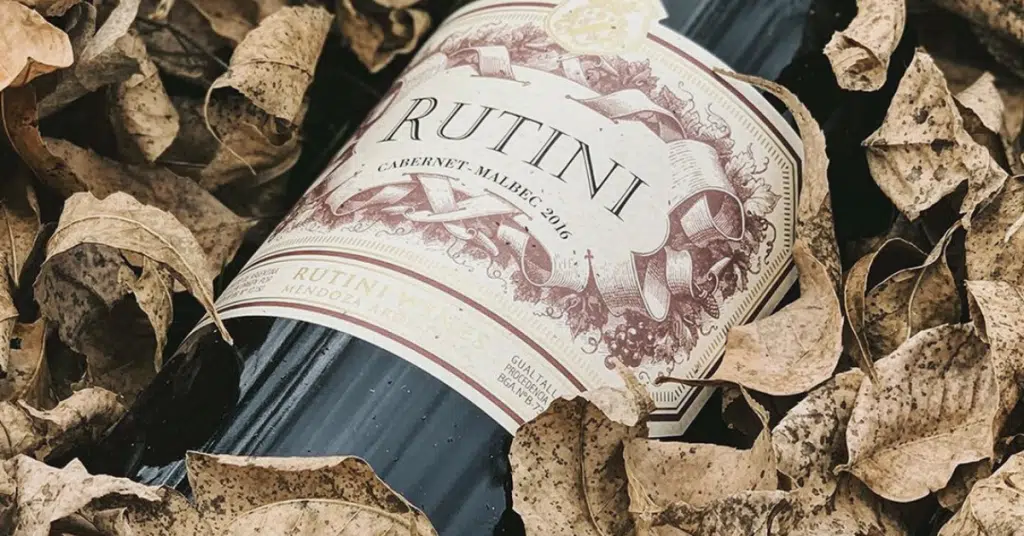Interesting Facts You Probably Didn’t Know About Wine

Wine is so familiar, so much a part of human history that perhaps we take our knowledge of it for granted. After all, it helped shape our societies and cultures; it functioned as a year-round source of sustenance, medicine and valuable commodity through the years, not to mention social lubricant. So we thought we’d see if we can surprise you, our discerning TWB Cellar Limited customers, with a few interesting facts about wine that you may not already know…
1. Wine is from… China???
We’re used to thinking of wine history in terms of Romans, Ancient Greeks, and before them the Egyptians and Phoenicians. So you may be surprised to learn the earliest archaeological evidence for wine comes from China. Pottery vessels once used to contain liquid have been found at a neolithic settlement site in Jiahu in the Yellow River valley. Chemical analysis shows they date from around 9,000 years ago and they once contained an interesting alcoholic mixture of fermented rice, honey and fruit such as hawthorn berries or wild grapes. This is in fact the earliest evidence of an alcoholic beverage found anywhere in the world. What makes it even more interesting is that it’s a kind of “extreme beverage”; it’s a mixture of beer, mead and wine! Just imagine…
Of course this is only the earliest example so far found; there may be more surprises in store as more discoveries are made. And for the record, the earliest evidence of wine made from fermented grapes alone comes from a site in Georgia, near Tblisi, about 8,000 years ago.
2. The oldest unopened bottle of wine is over 1,600 years old
In the 19th century an intact, unopened bottle of wine was excavated in Germany. It came from the tomb of a Roman nobleman and was made between 325 AD and 350 AD. It is the oldest intact bottle which still contains its original wine found anywhere in the world. Known as the Römerwein, it is on permanent display in a museum in Speyer; but don’t get any ideas about drinking it – the alcohol has almost certainly disappeared and the liquid inside the bottle looks distinctly unappetizing!
3. Women may be better at wine tasting than men
One interesting facts about wine that comes up for discussion regularly is that women are better wine tasters than men. This may or may not be true; it probably depends to a large extent on whether the wine taster (male or female) is knowledgeable and experienced in wine tasting.
However, as we mentioned in a previous article about wine for ladies, it does seem that women are more sensitive to aromas than men are. This may be due to having more neurons in the region of the brain that receives signals from the nose than men do. And studies have shown that (with training) women in the “child-bearing years” of their lives are able to identify and distinguish different smells at concentrations as much as 11 orders of magnitude lower than men.
So women may well be better wine tasters than men, since taste and smell are inextricably linked. And if a woman tells you she can smell something that you can’t, it might be safest to believe her!
4. Despite being made from grape juice, wine is usually not vegan
You would think that a drink made from fermented grape juice would be vegan. However, wine making produces sediments which are hard to remove and people generally prefer their wine clear, not cloudy. While filtering takes care of most of it, winemakers may add products to wines to speed up clarification in a process known as “fining”. The fining agents are proteins derived from eggs (albumen), milk (casein), fish bladders (isinglass) or animal skins and connective tissues (gelatine). Although processing the wine usually removes most, traces may remain; so wines made using these products are not vegan, or even vegetarian.
There are, however, vegan wines on the market, using fining agents such as bentonite, activated charcoal, silica gel or pea gelatine. Or the wine can be left to clarify naturally, which takes a couple of years.
5. Wine can change colour
It’s true! White wines grow darker with age, red wines grow lighter. In white wine, a green tinge can indicate the wine is young or was grown in a cool climate. As it ages, a white wine will turn from a light golden colour to a richer, more intense yellow gold. In a young red wine, you might see a bluish tinge; this will disappear after a couple of years, being gradually replaced by a more brick-red hue. At the same time, the colour will start to “thin out”. These colour changes are due to the effects of oxygen and tannins within the wine on the colour pigments from the grapes.
6. Rotten grapes make the sweetest wines
Just as cheese may be infected by types of mould to make “blue” cheese, so grapes infected with a particular fungus, Botrytis cinerea, may become “raisinised” under dry climatic conditions. The fungus perforates the grapes’ skins, so they dry out like raisins, and the sugar concentration and flavours increase; wines made from these grapes are particularly sweet and intensely flavoured. We call this type of infection “noble rot” and the resulting wines “noble” wines.
Unfortunately, if the infected grapes are subjected to wet weather conditions, the detrimental form of the infection, “grey rot” can take hold, destroying the crop.
7. And finally, the most expensive wine ever sold…
Lastly, to round off our interesting facts about wine, we come to the most expensive wine ever sold… to date. In 2018, a bottle of 1945 Domaine de la Romanée-Conti, a French burgundy, went up for auction and sold for a record-breaking $558,000. Only 600 bottles were produced that year, and the vines were removed after this vintage. Needless to say, we don’t stock any here at TWB Cellar Limited; it’s extremely hard to get hold of!
